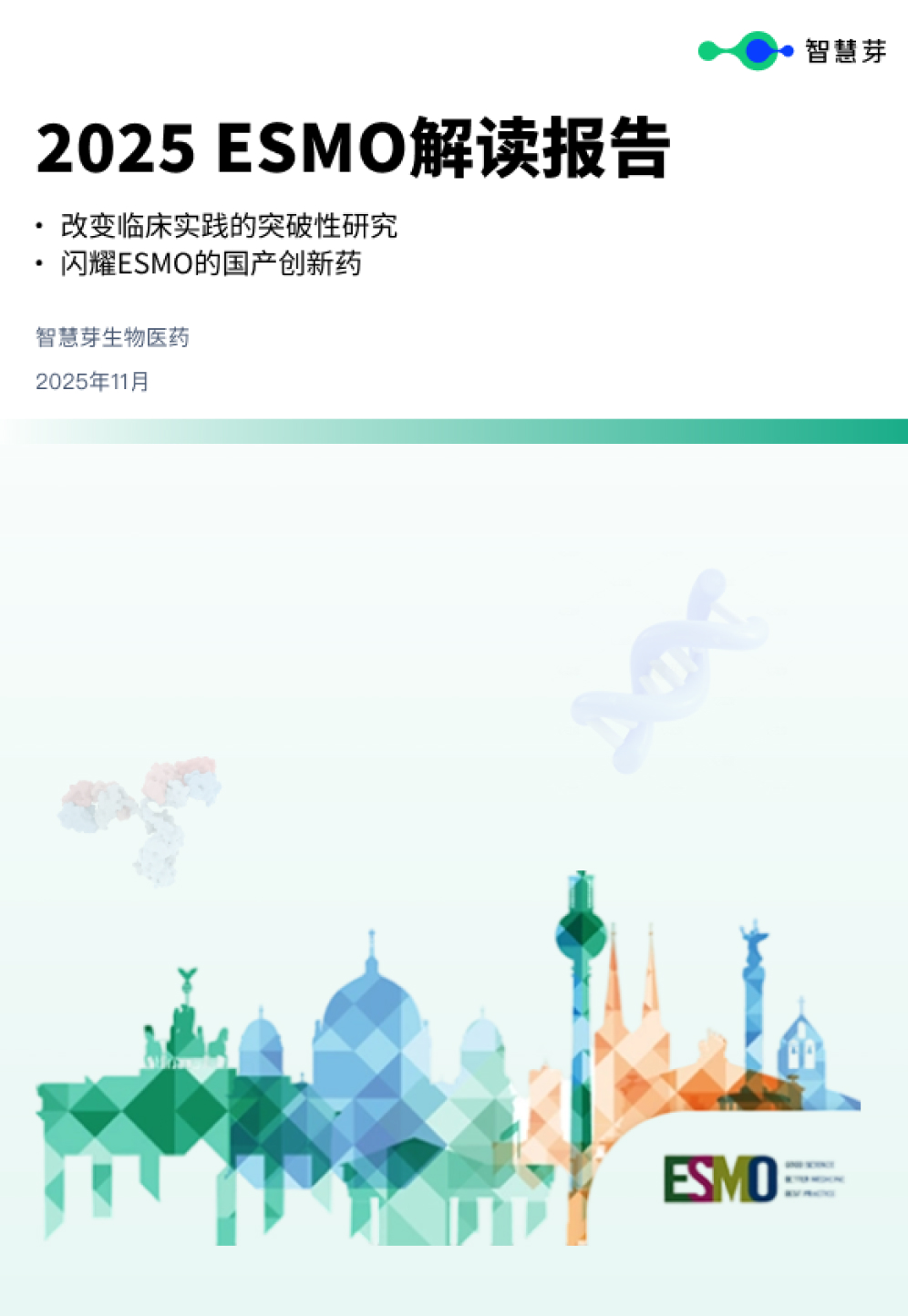预约演示
Prime Medicine touts preclinical success for next-gen gene editing approach
2023-10-27
基因疗法
Prime Medicine on Friday presented data at the European Society of Gene and Cell Therapy (ESGCT) conference demonstrating the ability to "efficiently and precisely" correct disease-causing mutations in preclinical models of glycogen storage disease 1b (GSD1b) using its liver-targeted "prime editors." Chief scientific officer Jeremy Duffield said "these data are the first prime-editing data in NHPs (non-human primates) and provide further proof-of-concept for our prime-editing approach to potentially address a wide range of diseases."
GSD1b is caused by alterations in the glucose-6-phosphate transporter (G6PT) enzyme, which is encoded by the SLC37A4 gene. The p.L348fs and p.G339C mutations are recognised as the most commonly occurring disease-causing mutations, present in roughly half of individuals with the disease. Prime Medicine says its work suggests that correcting SLC37A4 gene mutations in fewer than 10% of liver cells may be enough to reverse many manifestations of GSD1b.
'Minimal' off-target edits
The company designed prime editors against the p.L348fs and p.G339C mutations. The platform consists of a prime editor guide RNA (pegRNA) targeting the mutations, a nick-guide RNA (ngRNA) and mRNA packaged in a lipid nanoparticle (LNP) formulation that includes a ligand targeting the LNP to hepatocytes. They have corrected p.L348fs and p.G339C mutations in vitro with 77% and 37% editing efficiency, respectively.
According to early in vivo data presented at the ESGCT conference, up to 83% of hepatocytes in NHPs had both alleles precisely edited following a single intravenous infusion of prime editors, and up to 56% whole-liver editing was observed in a GSD1b mouse model, with "minimal" off-target edits. Further, achieving prime editing of up to 44% resulted in the restoration of G6PT protein expression levels of up to 46%. The company noted that the degree of correction showed a direct correlation with the extent of G6PT protein recovery in the mouse model.
"We…are highly encouraged by the efficient and precise corrections we have observed across in vitro evaluations, in vivo rodent studies and now, NHP studies," Duffield said, adding "importantly, we continue to observe minimal to no detectable off-target edits with our prime editors, providing further confidence in the precision of this technology." The start-up launched in 2021 with $315 million in hand to advance its prime-editing technology.
Meanwhile, Tessera Therapeutics - which is developing what it refers to as Gene Writing technology that can "enable both writing and rewriting of the genome" – reported in May that its platform was able to correct pathogenic mutations responsible for phenylketonuria (PKU), alpha-1 antitrypsin deficiencyalpha-1 antitrypsin deficiency and sickle-cell disease. At the time, the company said that NHPs treated with its gene-editing technology showed in vivo rewriting efficiencies at the gene associated with PKU of up to 45% in the liver, "well above the 10% curative threshold."
更多内容,请访问原始网站
文中所述内容并不反映新药情报库及其所属公司任何意见及观点,如有版权侵扰或错误之处,请及时联系我们,我们会在24小时内配合处理。
适应症
生物医药百科问答
全新生物医药AI Agent 覆盖科研全链路,让突破性发现快人一步
立即开始免费试用!
智慧芽新药情报库是智慧芽专为生命科学人士构建的基于AI的创新药情报平台,助您全方位提升您的研发与决策效率。
立即开始数据试用!
智慧芽新药库数据也通过智慧芽数据服务平台,以API或者数据包形式对外开放,助您更加充分利用智慧芽新药情报信息。




